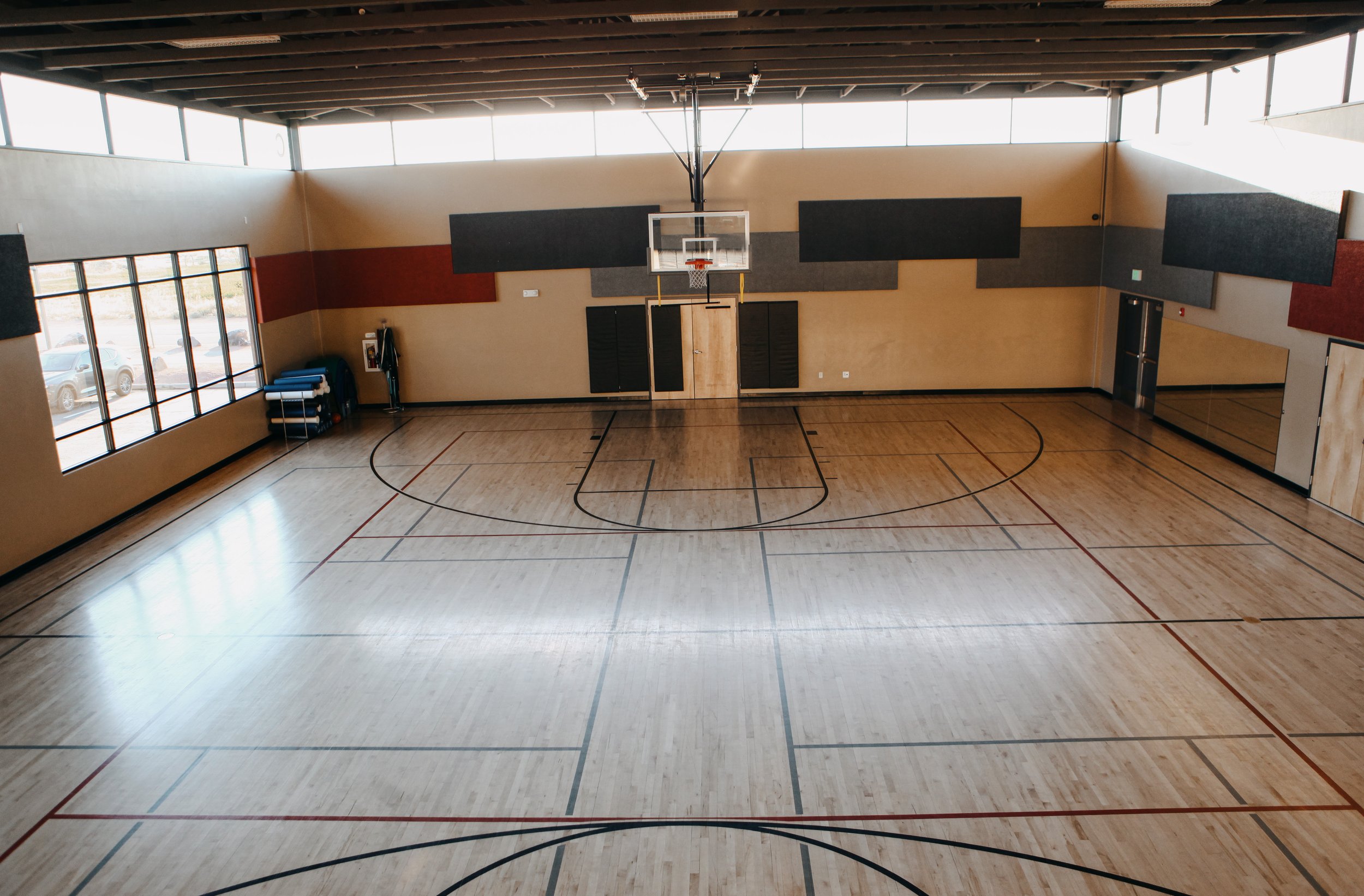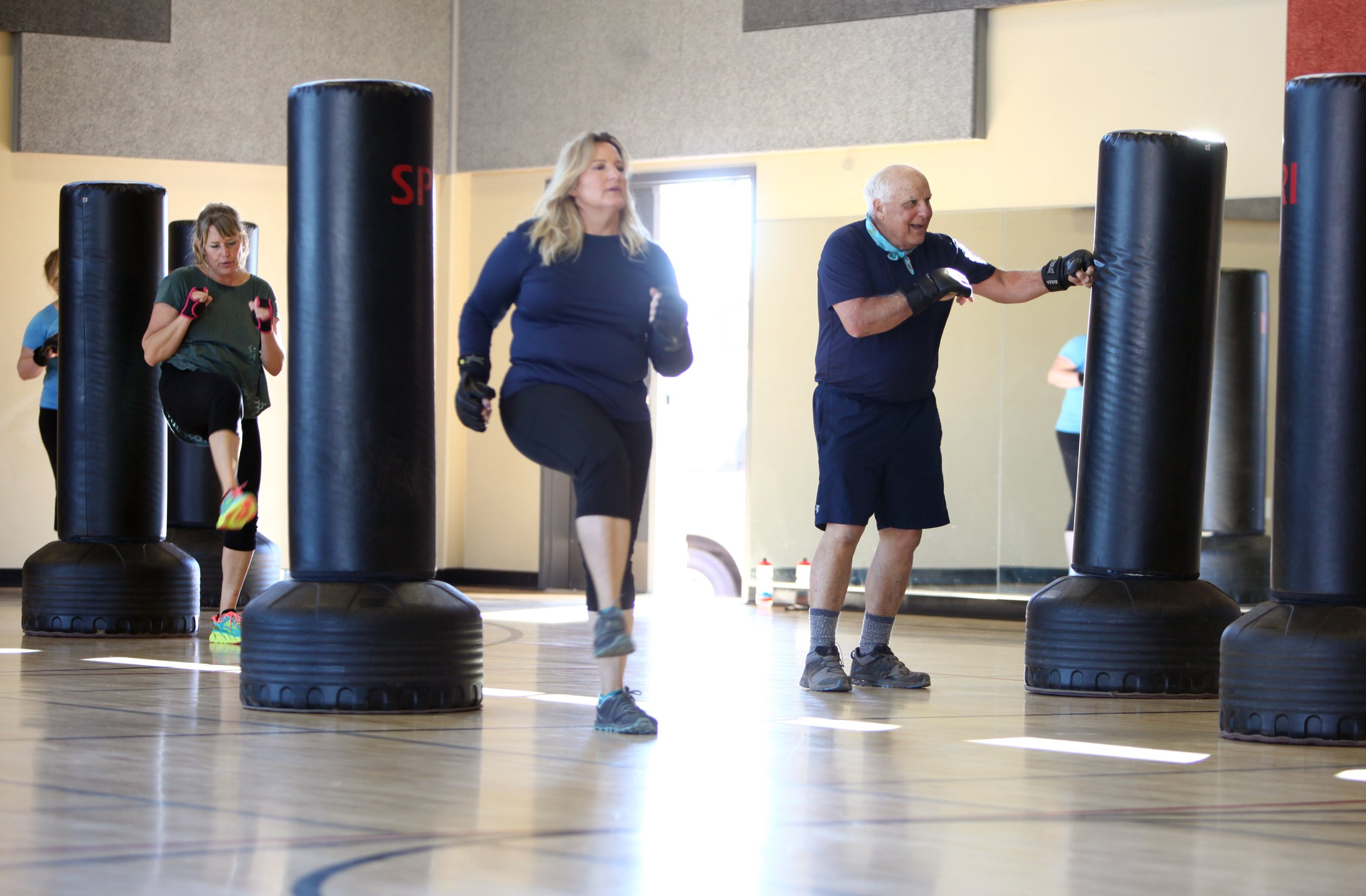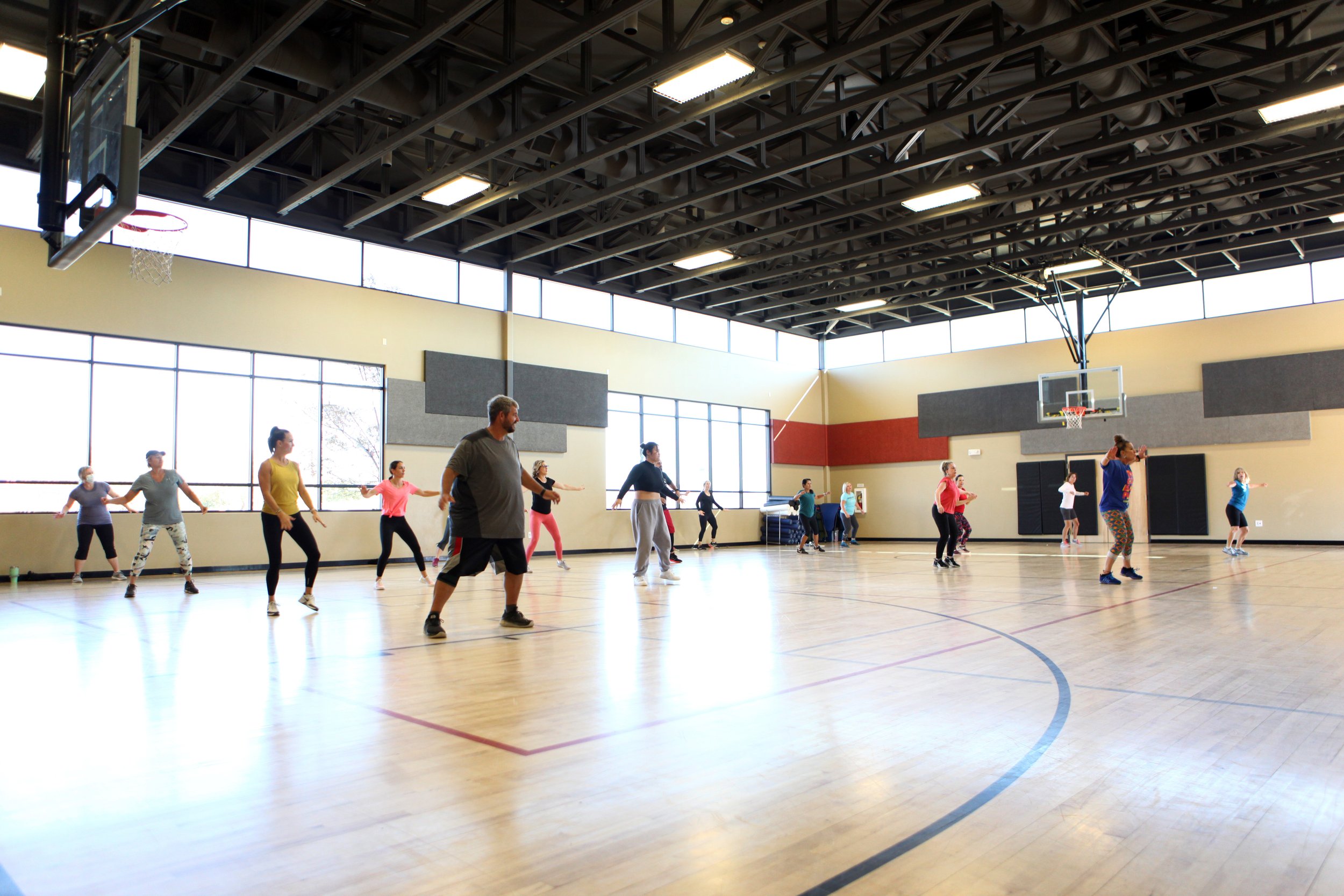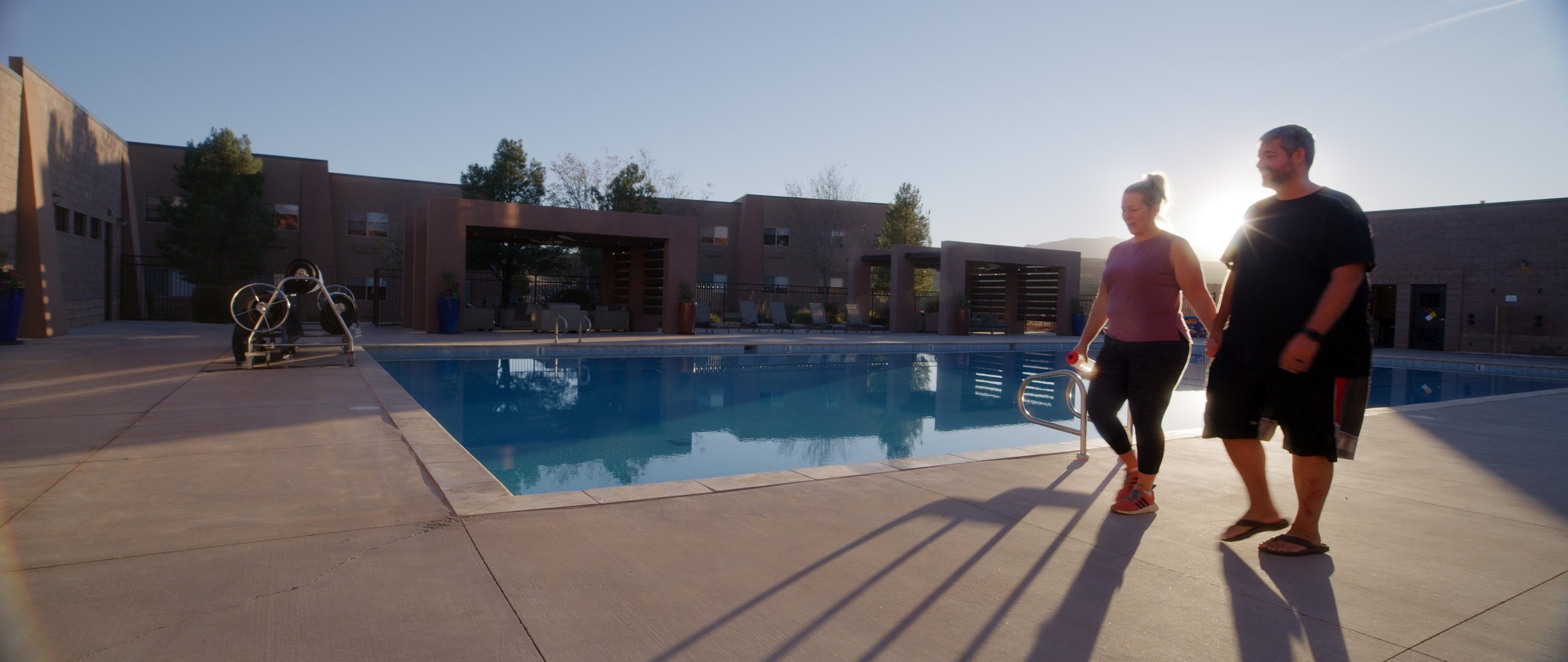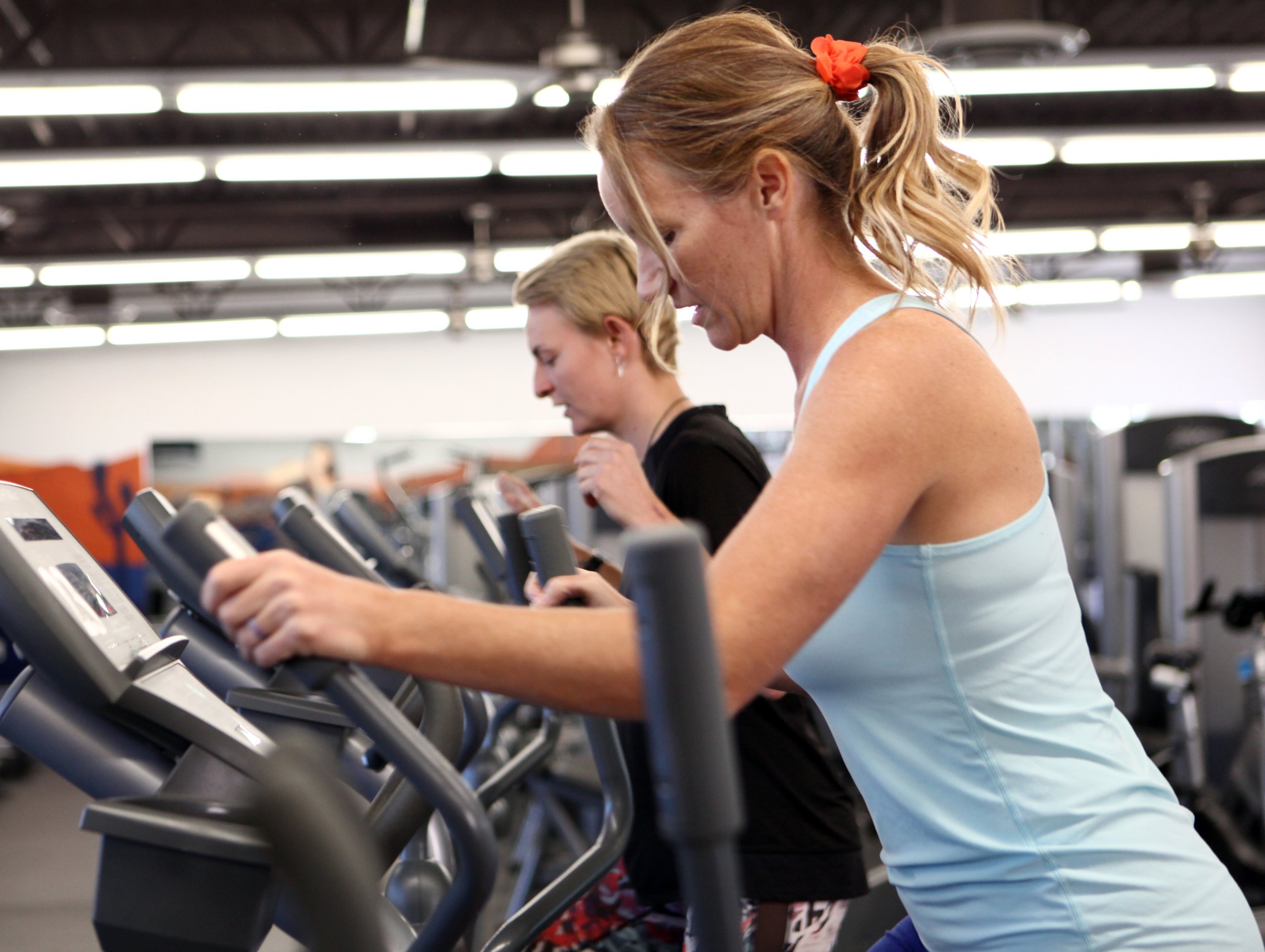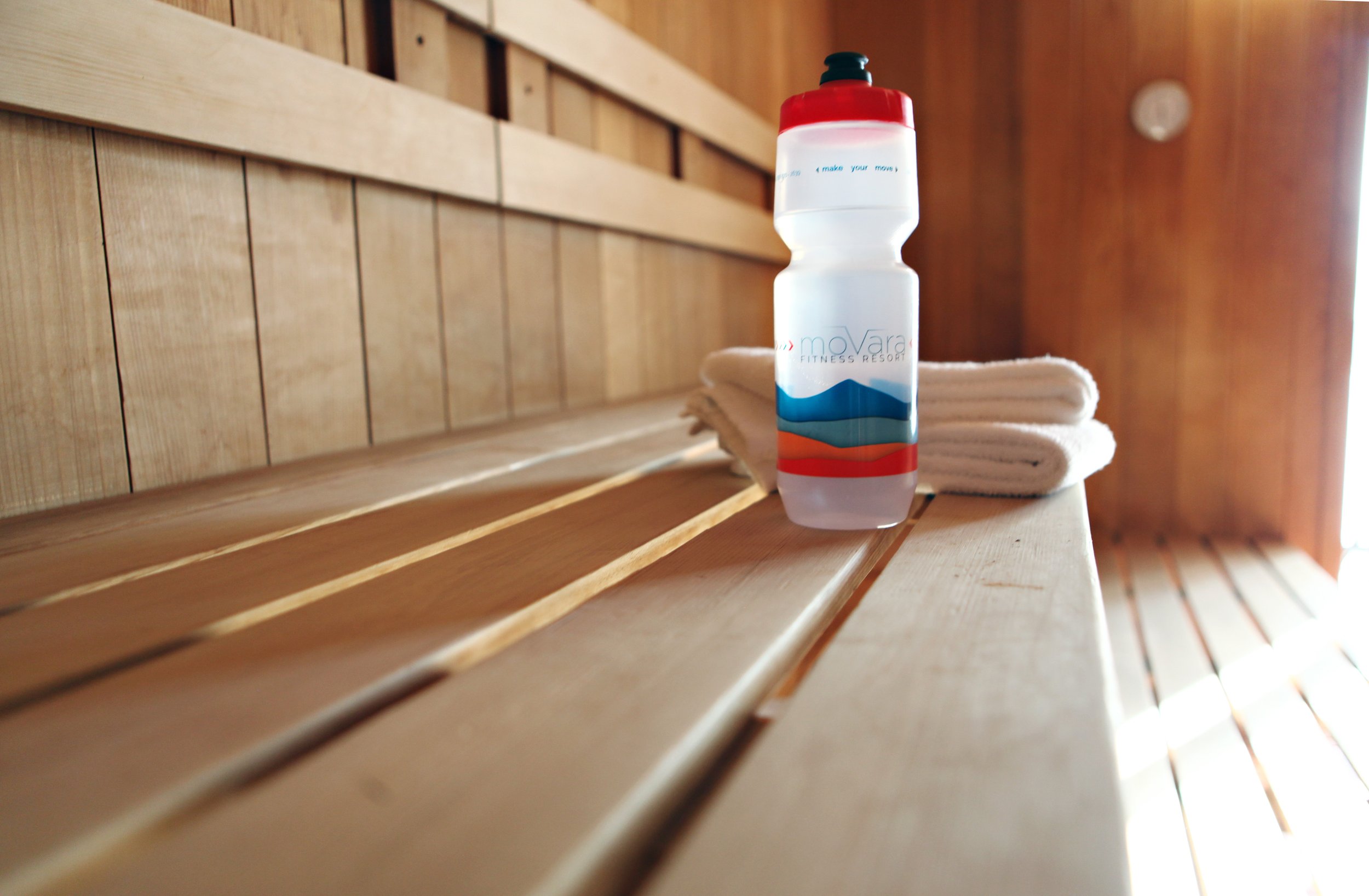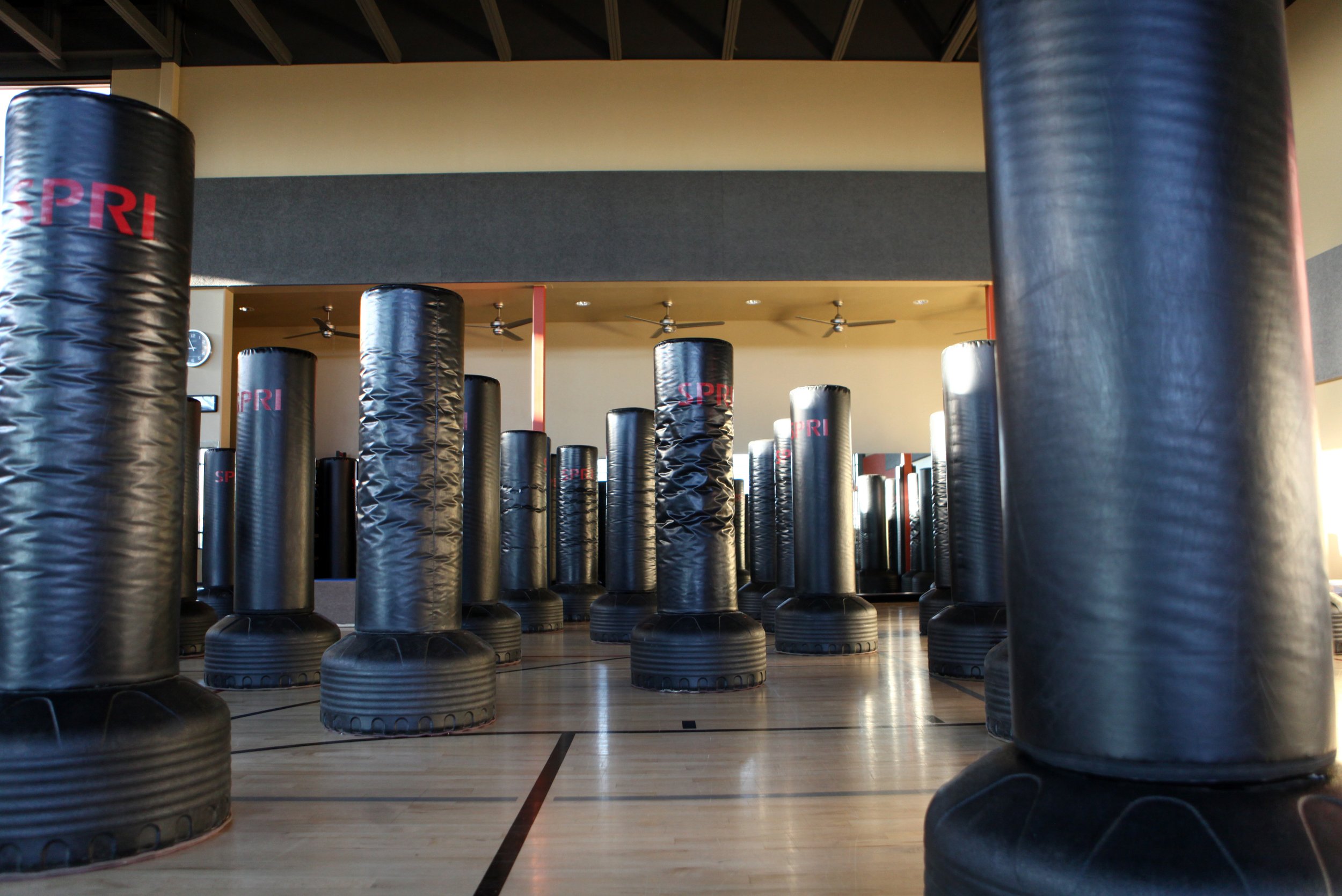REAL PEOPLE. REAL RESULTS.
The nations leading health, fitness & Weight loss resort
WELCOME TO MOVARA FITNESS RESORT
Movara Fitness Resort located in Southern Utah is a dedicated space for you to lose weight, gain strength, clear your mind, and achieve overall wellness. Away from all of the noise, demands, and distractions of daily life that make prioritizing our health challenging. At Movara, you get to press the Mental, Physical, and Emotional Reset Button, to take control of your life.
LOCATION
Nestled in the breathtaking red rock landscapes of Ivins, Utah, Movara is a sanctuary of serenity and transformation. Framed by the majestic cliffs of Snow Canyon State Park, our resort is surrounded by towering sandstone formations, winding desert trails, and the ever-changing hues of the southwestern sky. Here, the crisp desert air invigorates the spirit, and the stillness of nature invites renewal.
Our Expertise. Your Transformation.
With a foundation in science-backed wellness and time-tested practices, we curate personalized programs designed to empower lasting change. Whether you're here for fitness, nutrition, or holistic renewal, we guide—you thrive.
MOVARA MAKES YOU FEEL
STRONG · CALM · CONFIDENT
BALANCED · FOCUSED · RESILIENT
A · L · I · V · E
FIND YOUR PATH TO WELLNESS AT MOVARA
Get ready for a transformative experience as you explore the breathtaking foothills of Utah's national parks while enjoying the comfort of our luxurious villas or comfortable rooms.
Kickstart your day with our expert hiking guides who will lead you through stunning landscapes, uncovering ancient petroglyphs and the unique flora of this remarkable region.
After your adventures, return to our private resort for interactive cooking demonstrations and an engaging educational series focused on effective weight loss, fitness or health strategies, all while savoring a delicious and nutritious lunch.
With a diverse range of fitness classes, invigorating pool workouts, and restorative sound bowl sessions, you’ll discover how enjoyable and rewarding achieving your health, fitness or weight loss goals can be.
End your day with one of our popular, satisfying dinners topped off with a healthy dessert. Unwind in our spa with rejuvenating deep tissue massages, pedicures, or a refreshing cold plunge.
This is more than just a getaway; it’s an experience that will leave you with lasting results and unforgettable memories. Join us at Movara Fitness and take the first step toward the life you've always dreamed of!

“Pushing me beyond what I thought was possible, Movara is a place where you will be supported in physical activity and nutrition.”
-Karen Gernand




